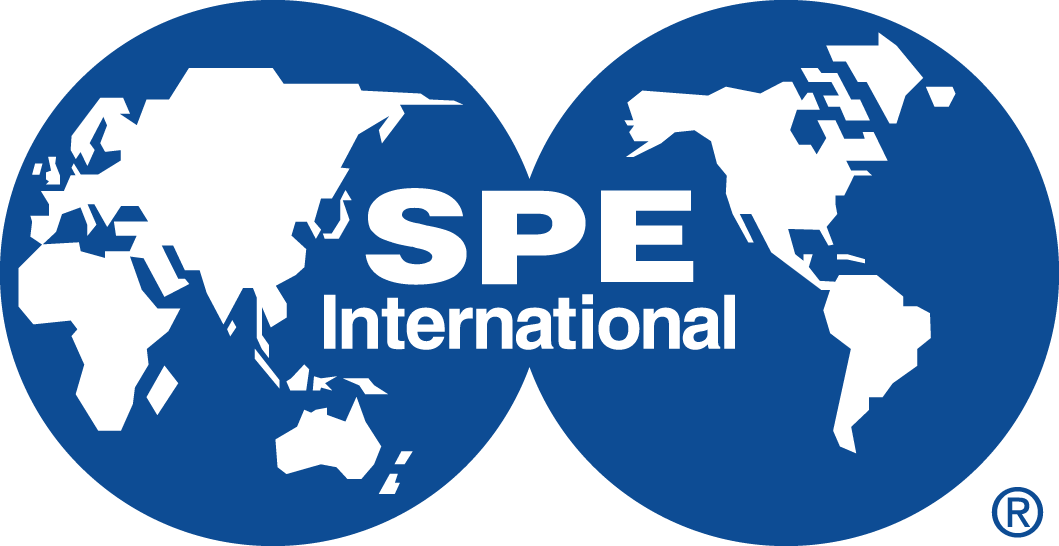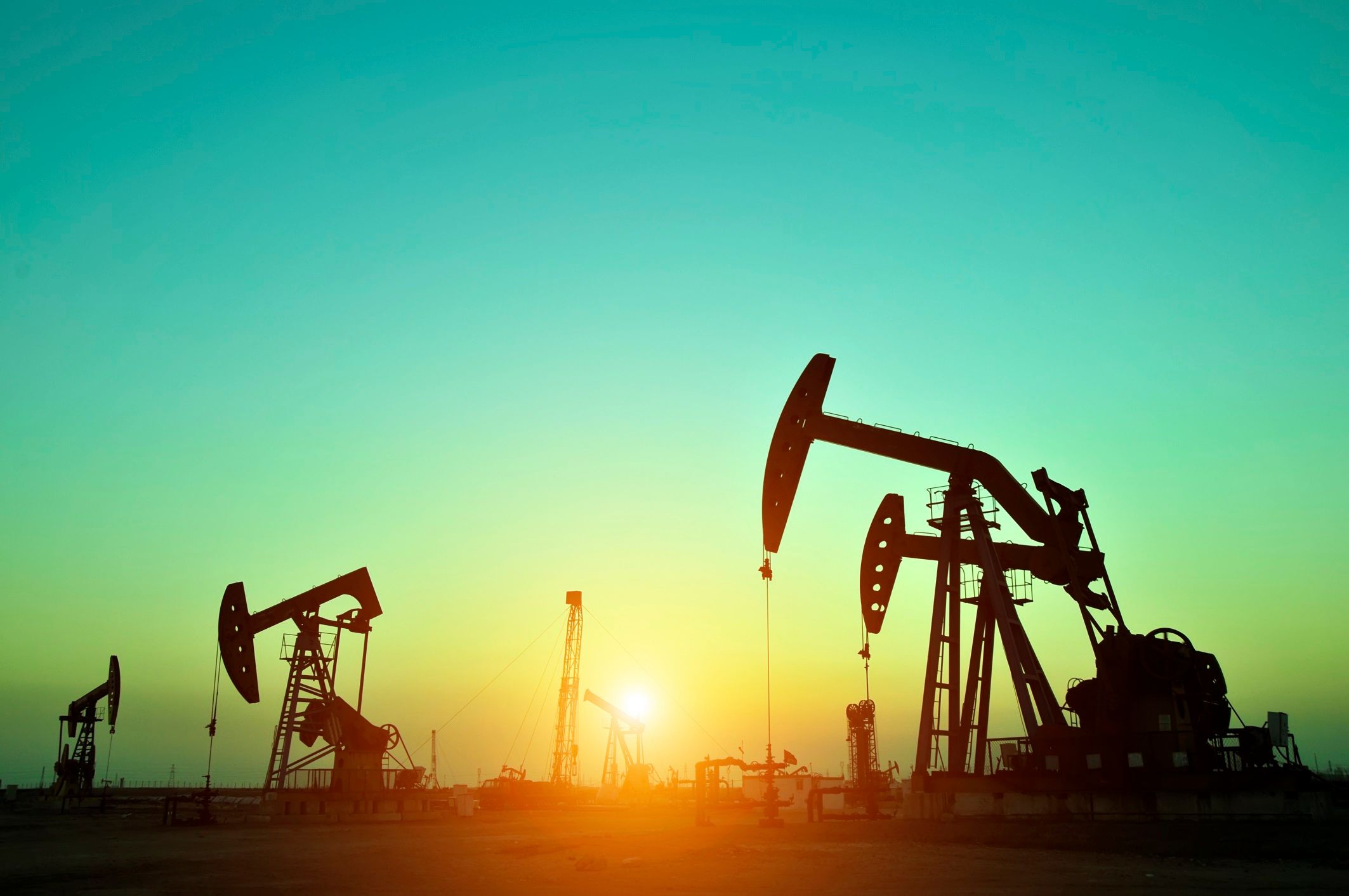Technical Program
-
55 mins
-
5 mins
-
90 mins
Chairs: Luis Quintero, Oilfield Development Specialists (ODS); Osmary Matera, Baker Hughes
Successful field development and recovery factors are strongly dependent on how you connect small well radius to large scale reservoir by well design and completion strategies. In this session, new economical completion and stimulation technologies will be discussed in order to improve productivity and injectivities in mature fields due to any formation damage, low energy, or mechanical problems.
Presentations:
-
Novel Retarded Acids for Effective Stimulation In Carbonate Formations
Julio Vasquez, Halliburton -
Internal Development of Petro-Block: A Fluid Loss Control System for Mature Field Workover Operations
Cesar Sandino Augusto de Matos, PetroReconcavo -
Propellant Stimulation, A Cost Effective Technique to Bring Tight and Old Reservoirs Back to Life
Diederik Zwager, D5 Energy Services FZ LLC
-
-
30 mins
-
90 mins
Chairs: Eric Delamaide, IFP Technologies Canada Inc; Marco Thiele, Streamsim
Waterflooding is a well-established and commonly applied secondary recovery method. However, its efficient implementation continues to face various challenges and limitations. This session will focus on addressing key issues that hinder optimal performance, while also exploring strategies to unlock the untapped potential of existing fields and maximize overall recovery.
Presentations:
-
Reservoir Saturation Monitoring for Production Forecast Improvement in Mature Fields
Maximiliano Galarza, Expro -
Current Status and Potential For Waterflooding Ecuadorian Onshore Fields Based On Four Decades of Waterflooding San Jorge Basin, Argentina
Gustavo R. Palacios, VYP Consulting Services
-
-
90 mins
-
90 mins
Chairs: Eric Delamaide IFP Technologies Canada Inc; Marco Thiele Streamsim
Enhanced Oil Recovery (EOR)—including chemical, CO₂/gas, and thermal methods—plays a vital role in maximizing output from mature wells and fields. As a continuously evolving discipline, EOR presents both opportunities and challenges. This session is dedicated to exploring best practices, emerging innovations, and key obstacles in the effective implementation of EOR technologies.
Presentations:
-
Modular Polymer Injection Implementation: From Pilot to Expansion in Onshore Mature Fields
Daniel Barrientos Florez, SNF -
Bacteria and Associated Sulfur Compounds Management in Oil and Gas Systems Containing Polymer Solutions
Natalia Irazuzta, Fabian Morandini and Gabriel Zalazar, VEOLIA -
Polymer Flooding After 8 Decades of Production: Results and Learnings from the El Trébol Pilot
Soledad Ana González, PECOM
-
-
30 mins
-
90 mins
Chairs: Ana Gomides, Origem Energia; Lucivan Souza, Petroreconcavo
Artificial lift methods in mature oil and gas fields optimizes production and boosts the overall recovery factor. The selection of an artificial lift system when is carefully tailored ensures an efficient balance between enhanced recovery and economical viability.
Presentations:
-
Successful Applications Using ESPCP in LATAM
Franklin Azevedo, Netzsch do Brasil -
Best practices for ESP Design and Operation in Applications with High Content of Sand and Free Gas
Cristian Ivan Von Zedtwitz, Halliburton -
Technical Challenges of Linear Permanent Magnet Motor Systems in Enhancing Production from New Horizon Wells in California's Central Valley
Jairo Ocando, Luis Seczon, Francisco Moreira, Travis Erskine, Levare USA Inc
-
-
90 mins
-
60 mins
-
90 mins
Chairs: Cristian Ivan Von Zedtwitz, Halliburton; Sebastian Gomez, BIW
Artificial lift methods in mature oil and gas fields optimizes production and boosts the overall recovery factor. The selection of an artificial lift system when is carefully tailored ensures an efficient balance between enhanced recovery and economical viability.
Presentations:
-
PCP and Multiscrew Pumps for Multiphase Applications: A Viable Solution that Remains Largely Unexplored in Brazilian Oil Fields
Alexander Zeferino, Netzsch do Brasil -
Next-Generation Gas Separators for Extra-Heavy Crude, Successful Application for In-Situ Combustion (ISC) Wells in Colombia
Yulieth Barragan and Jose Rogelio Villaseñor, Halliburton -
Mature Fields or Mature Ideas!
Orlando Campos, Perenco -
Improving Artificial Lift Reliability Through RCFA and Field Validation of Deposit-Control Solutions
Victoria Peña Rojas, PetroReconcavo
-
-
30 mins
-
90 mins
Chairs: Silvana Gandi, PECOM; Reynaldo Javier Tapia Boscan, CARMO
Enhanced Oil Recovery (EOR)—including chemical, CO₂/gas, and thermal methods—plays a vital role in maximizing output from mature wells and fields. As a continuously evolving discipline, EOR presents both opportunities and challenges. This session is dedicated to exploring best practices, emerging innovations, and key obstacles in the effective implementation of EOR technologies.
Presentations:
- Unlocking Additional Recovery from Mature Onshore Reservoirs through Organic Oil Recovery (OOR)
Zachary Broussard, Hunting Intl - What’s Really Happening in South America’s Mature Oilfields?
Aylén Giuliana De Vita, SNF Argentina SRL
- Unlocking Additional Recovery from Mature Onshore Reservoirs through Organic Oil Recovery (OOR)
-
90 mins
-
90 mins
Chairs: Victor Duarte, Baker Hughes; Cristian Ivan Von Zedtwitz, Halliburton
This session covers the integration of traditional well performance analysis with advanced digital transformation and Industry 4.0 technologies tailored for mature onshore oil and gas fields. It emphasizes understanding historical well performance for accurate diagnosis and effective interventions aimed at increasing hydrocarbon rates, reducing decline rates or water production, and enhancing overall well productivity. Key topics include zonal contributions, pump parameters, choke sizes, and the use of digital tools to determine what, how, and when to measure for optimized well performance, ultimately supporting improved recovery factors and operational efficiency in mature fields.
Presentations:
-
Smart ESP Operations: Machine Learning-Driven Estimation of Downhole Gauge Parameters in Real-Time
Jainish Darshak Shah, Juan Pablo Atencia, Frank Corredor, Halliburton -
Reservoir Surveillance of Mature Onshore Fields
Marco Thiele, Streamsim Technologies -
Unlocking Bypassed Zones: Saturation Log Applicatons in Pilar Field
Ivana Mijahuanca, Origem Energia -
Automated Production Optimization in Mature Fields in Ecuador
Alvaro Castillo, Santiago Borja, Valdemar Arguello, Miguel Guevara, Baker Hughes
-
-
30 mins
-
90 mins
Chairs: Homayra Tavares, Petroreconcavo; Luis Quintero, Oilfield Development Specialists (ODS)
Well Integrity (WI) during the well life focuses on the continued good health of the well to ensure continued production/injection while at the same time mitigating risks of uncontrolled flow of formation fluids to the surface or to other sub-surface permeable zones. From the regulatory point of view, WI is also an essential requirement in the operation of the well, and especially critical for plug and abandonment.
Wells with WI issues may require immediate attention, with accurate and reliable diagnosis and follow-up remediation as they may lead to catastrophic risks, and/or delayed or stopped production. Well Integrity, barriers, and monitoring and/or evaluations are expected to be discussed in this session.Presentations:
- Are You Sure You Need to Abandon the Well?
Luis Quintero, Oilfield Development Specialists (ODS) - Leveraging Digital Well Integrity Platforms to Improve Onshore Recovery Performance
Wallace Tuler, SLB
- Are You Sure You Need to Abandon the Well?

